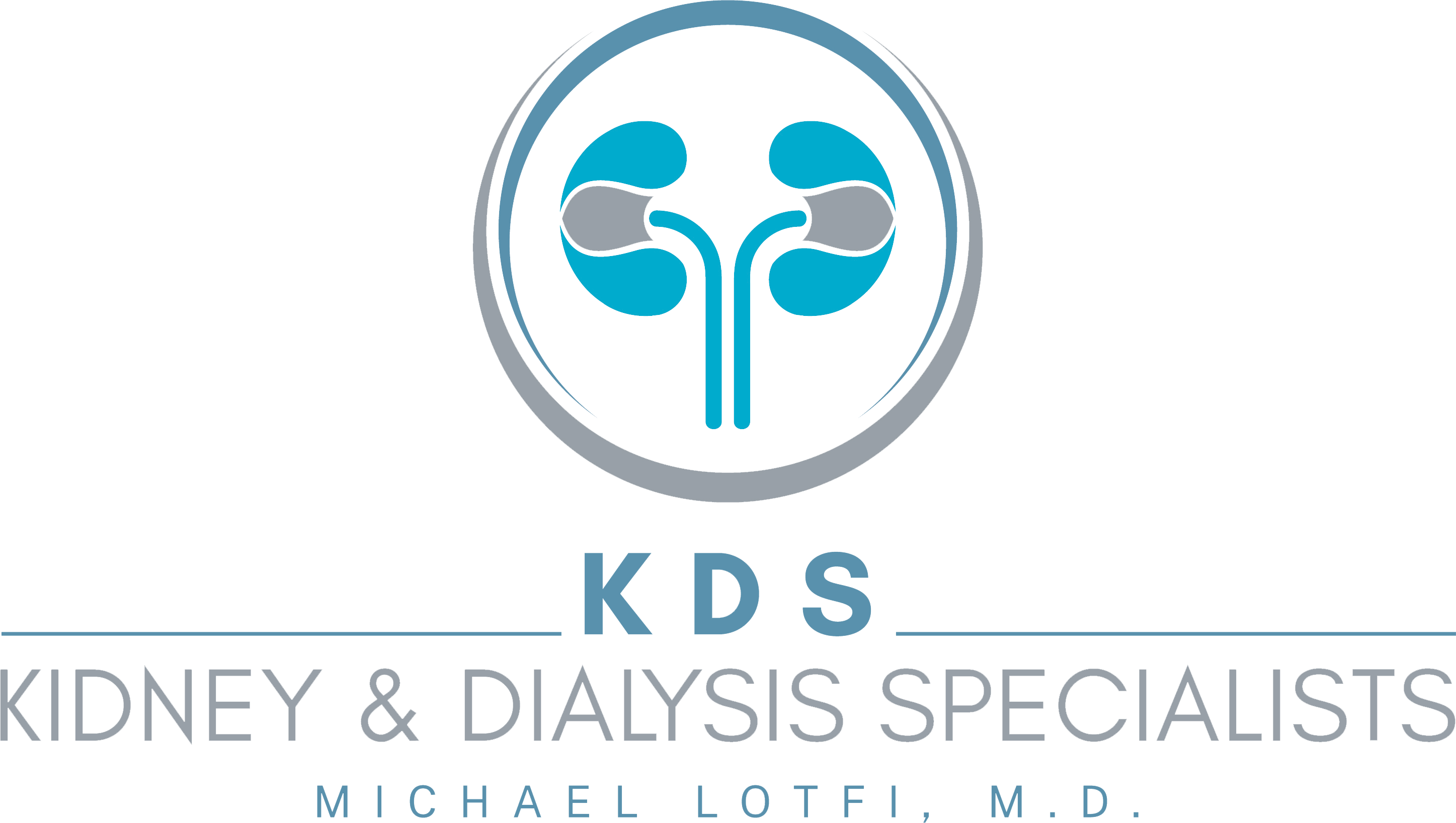Dialysis is a blood purifying treatment for when the kidney is not functioning optimally as in the case of chronic kidney disease (CKD). There are two types of dialysis treatments, hemodialysis, and peritoneal dialysis.
Hemodialysis is performed 3 times per week at a clinic and involves a machine that filters blood or fluid to do the work of the kidneys. The process begins with a fistula or catheter being surgically placed, usually in the arm or central vein. This enables the blood to circulate outside the body through artificial membrane (filters).
Peritoneal Dialysis requires a catheter implanted into the abdominal cavity, to remove waste products from your blood because your kidneys are unable to adequately perform the job. Peritoneal dialysis in different to hemodialysis in that a sterile cleansing fluid flows through the catheter to dwell in the abdomen cavity. The peritoneum in your abdomen acts as a filter to remove the waste products from your blood. After the filtering process is complete the fluid leaves your body through the catheter.
Not all dialysis is long term as in the case acute kidney injury (AKI). Patients who can still produce urine can regain some kidney function after dialysis.
Possible Hemodialysis Adverse Side Effects:
Peritoneal Risks:

© 2023 Michaellotfimd All Rights Reserved Privacy Policy Sitemap
This site is protected by reCAPTCHA and the Google.
Privacy Policy and Terms of Service apply.
This site is protected by reCAPTCHA and the Google.
Privacy Policy and Terms of Service apply.
©2023 All Rights Reserved michaellotfimd Designed by DotClick